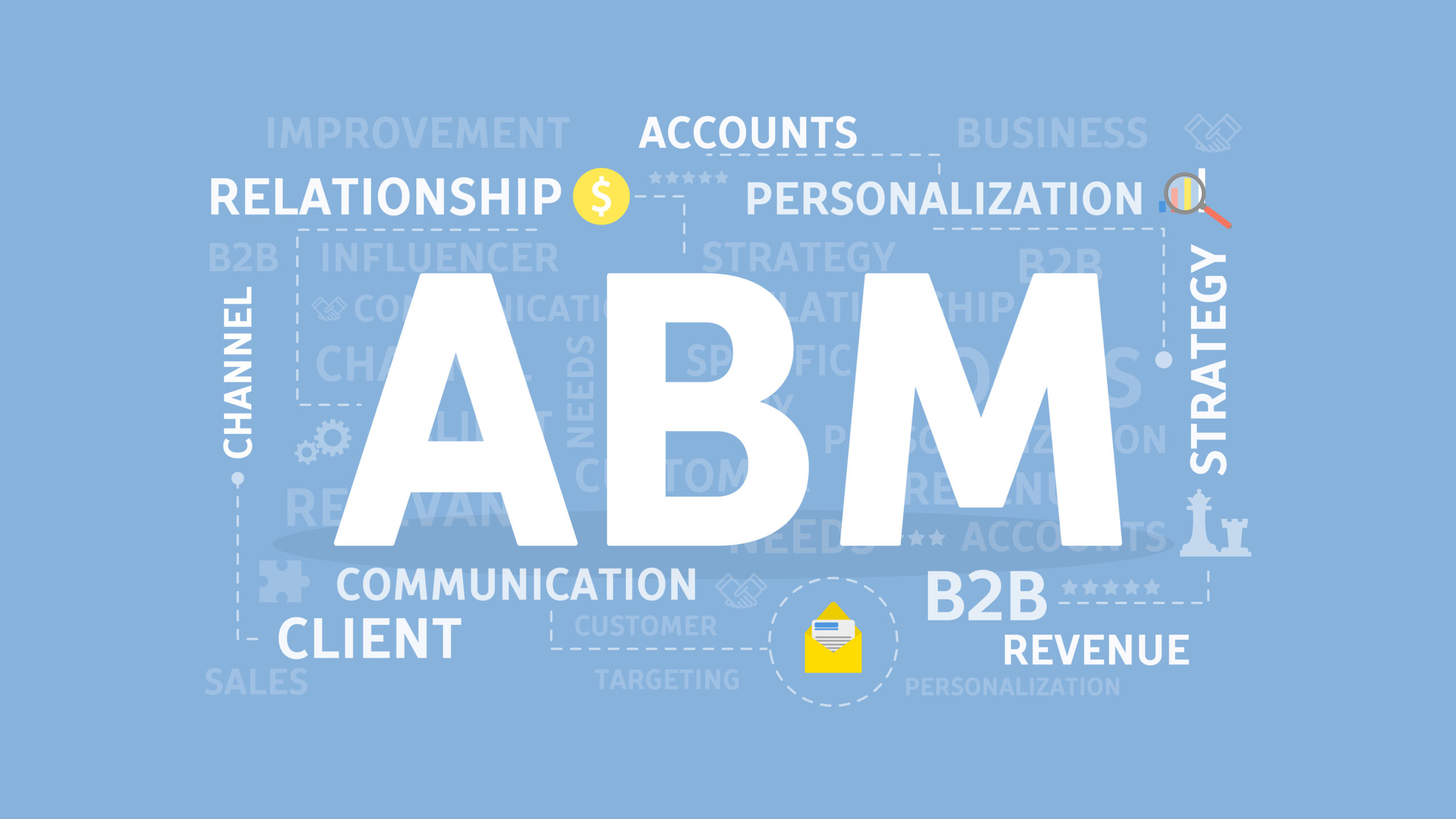Are you one of the thousands of companies that are working on getting their account-based marketing (ABM) strategy off the ground in 2021?
Account-based marketing has started to get a lot of traction in the last couple of years and our guess is that’s going to get a lot more popular over time.
Instead of having you dip your toes into ABM waters without a game-plan in mind, we’ll give you a solid start with our step-by-step guide.
Account-based marketing allows you to align your marketing and sales teams, it will boost revenue and promote long-term business growth. What’s more: 87% of account-based marketers say it outperforms other marketing investments, and 67% of brands leverage it.
You may be wondering: How can this practice help my business?
Let’s clarify a few things first.
What is Account-Based Marketing?
Account-based marketing (or ABM) is a strategic approach to marketing that concentrates resources on a specific set of target accounts.
In other words: an approach in which marketing and sales departments collaborate to target a set of high-value accounts.
British advertising tycoon David Ogilvy (aka the Father of Advertising) once said: “Don’t count the people you reach; reach the people that count.”
This quote sums up ABM perfectly.
With the help of ABM, you can align the marketing and sales departments to target valuable accounts by tailoring all content, campaigns, and communications to those specific accounts.
This will give you a greater return on investment (ROI) than using a ‘one-size-fits-all approach’
In essence, ABM is different from traditional B2B marketing because it is more focused and precise.
So how is ABM different from classic demand generation tactics?
Let’s suppose that you own a SaaS company that targets educational institutions.
You start by developing content and wait for your target companies to come to you. If you do this long enough, you’ll get interest that you can convert into leads.
The drawback of this approach is that you don’t know the quality of these leads. You’re trying to capture a lot of demand with generic content.
ABM, on the other hand, is laser-focused: It targets (whatever you define as) the big fish.
Does traditional demand-generation deliver results? Yes, it does (sometimes), but there are more efficient ways for most businesses. Especially if you’re selling high-ticket products/services.
According to Neil Patel, ABM can deliver up to 208% more revenue for such companies.
How Does Account-Based Marketing Work?
With ABM, you focus on your ideal accounts by tracking visitors to your website or even by performing prospect research. Then, you create content and campaigns specifically targeting those visitors or prospects.
You identify which accounts you want to gain as clients and create marketing campaigns and content to attract and move down the funnel.
We love ABM because it allows you to personalize the content and campaigns at every touchpoint. This increases engagement and will guide your potential client through the decision-making process
Benefits of Account-Based Marketing
If you’re focusing on the highest possible ROI, you need to place attention on high-value accounts. ABM strategy can help drive attributed revenue, enhance marketing ROI, and generate more conversions and qualified leads.
Here are some benefits of ABM:
- As ABM is precise and targeted, you get to create a personalized marketing approach.
- ABM is way more accurate than general inbound and outbound strategies, which makes it easier to measure ROI.
- Given that ABM requires more account-level personalization compared to conventional marketing, it is incredibly cost-effective.
- It helps keep marketing and sales aligned.
- It improves customer relations and helps in highlighting the process of customer acquisition.
- As ABM removes unqualified prospects, there is a shorter sales process. Unsurprisingly, the sales cycle of the majority of companies using ABM is less than 90 days.
- You get to use marketing resources more efficiently.
Starting Your Account-Based Marketing Strategy
By now, you got a basic idea of what it is. So, what’s next?
If you want to create an account-based marketing strategy, here is what you need to do:
Step 1: Start by building your ABM team
Step 2: Define your ABM goals and identify your ideal target accounts
Step 3: Encourage marketing and sales to create personalized content for prospects
Step 4: Identify the best channels for your campaigns, e.g. email, social media, display ads, in-person events, display ads, blogs
Step 5: Execute ABM campaigns
Step 6: Evaluate and optimize
Want more insights?
Subscribe to our weekly marketing tips and advice, delivered straight to your inbox.
Oops! We could not locate your form.
Keep Reading
Want more? Here are some other blog posts you might be interested in.
The MVP—Minimum Viable Product—has become gospel in startup circles. Build fast, test fast, fail fast. But in today’s crowded market, viability ...
The startup myth goes like this: work 20-hour days, pivot constantly, chase the high of the new. That’s what makes a ...
Most founders build their first leadership teams for speed, comfort, and alignment. Understandably, you’re strapped for time and need people who ...
For founders and growing companies
Get all the tips, stories and resources you didn’t know you needed – straight to your email!



